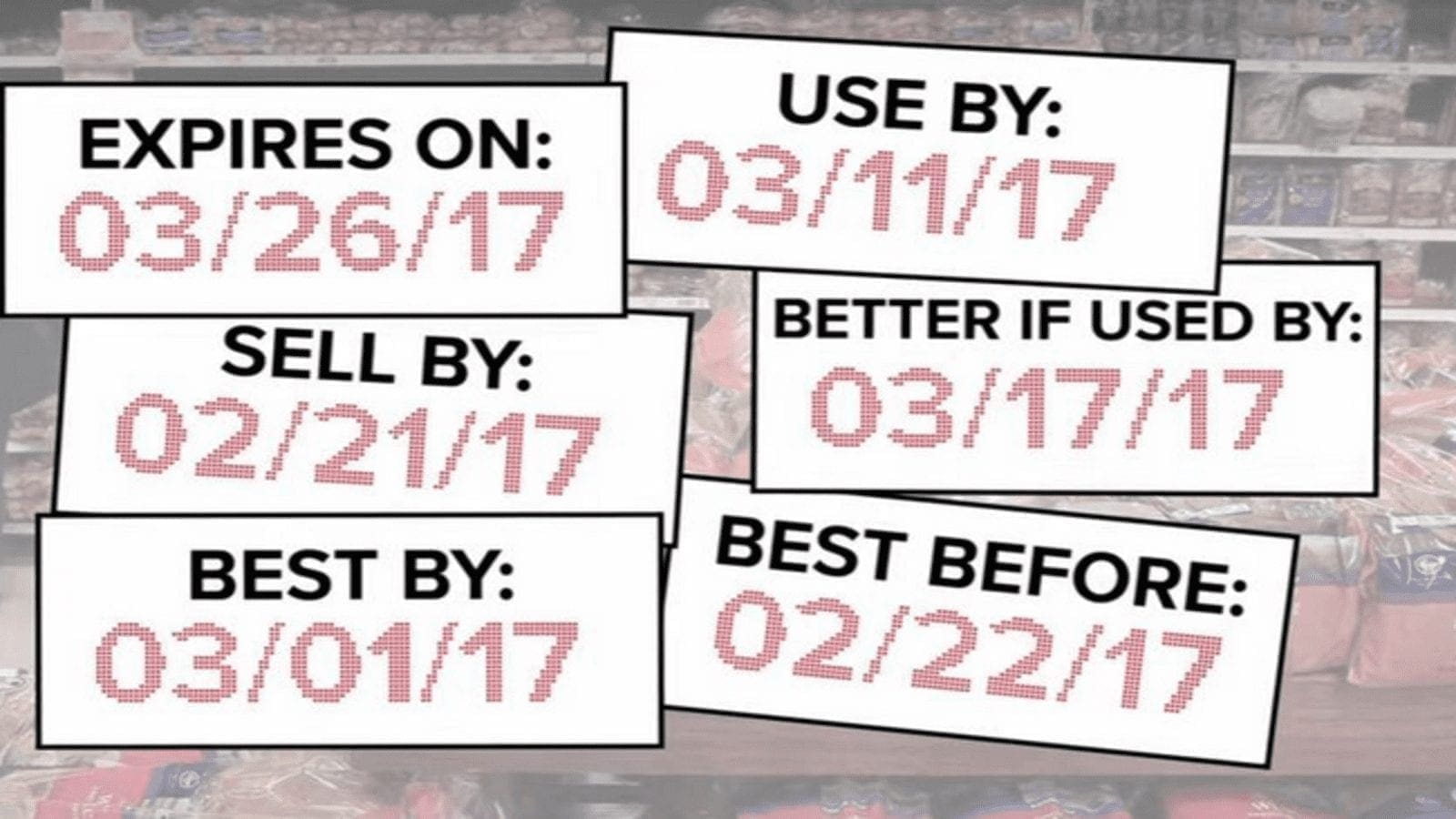US – A new study published in the Journal of Nutrition Education and Behavior has revealed that consumers are confused by what “Use By” and “Best If Used By” labels mean on their food.
Results of the study involving 2,607 U.S. adults revealed that only 64% could correctly explain what the “Best If Used By” label meant while only 44.8% of the respondents were able to describe what the “Use By” label meant.
Of consumers who said they understood what the “Use By” label meant, nearly 55% could not correctly explain its meaning.
And compared to consumers who said they only sometimes pay attention to date labels, a larger percentage of those who said they pay close attention to date labels and food safety issues could properly explain what they meant.
What do the labels mean?
“Best If Used By” dates are on products that have a longer shelf life and refer to the amount of time that the food will be in optimal condition. A product that has passed this date may still be safe to eat, but the quality might not be as good.
“Use By” dates are on perishable products with shorter shelf lives, and the date refers to when a product is expected to spoil and be unsafe. Products should be thrown away after this date.
Could educational campaigns help
Giving consumers a brief explainer of what each label meant increased the level of understanding, the researchers noted.
Once consumers received explanations, 82% could correctly articulate what a “Best If Used By” label meant, and 82.4% properly explained what “Use By” meant.
Conducting education campaigns is only a part of solving the problem. The other lies with implementation.
A 2019 study appearing in the journal on Sustainability found that less than half of all products in grocery stores nationwide used these standardized labels.
Regardless of how clear a label is, its potential effectiveness is diminished if it is not widely used.
Perhaps what is truly needed is an international date labeling standard, which all products regulated by Food Standards Agencies globally would have to use.
Liked this article? Subscribe to Food Business Africa News, our regular email newsletters with the latest news insights from Africa and the World’s food and agro industry. SUBSCRIBE HERE










